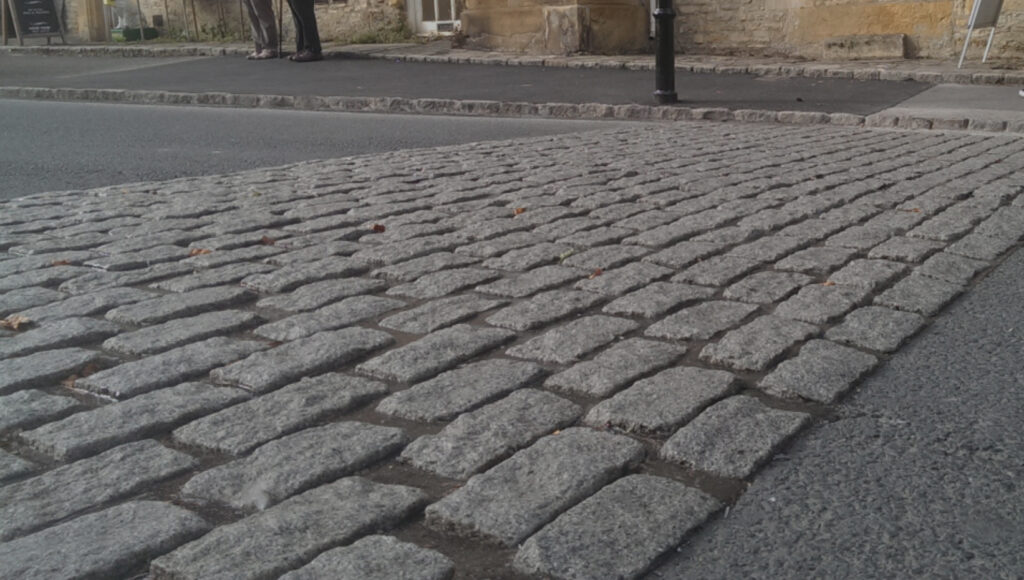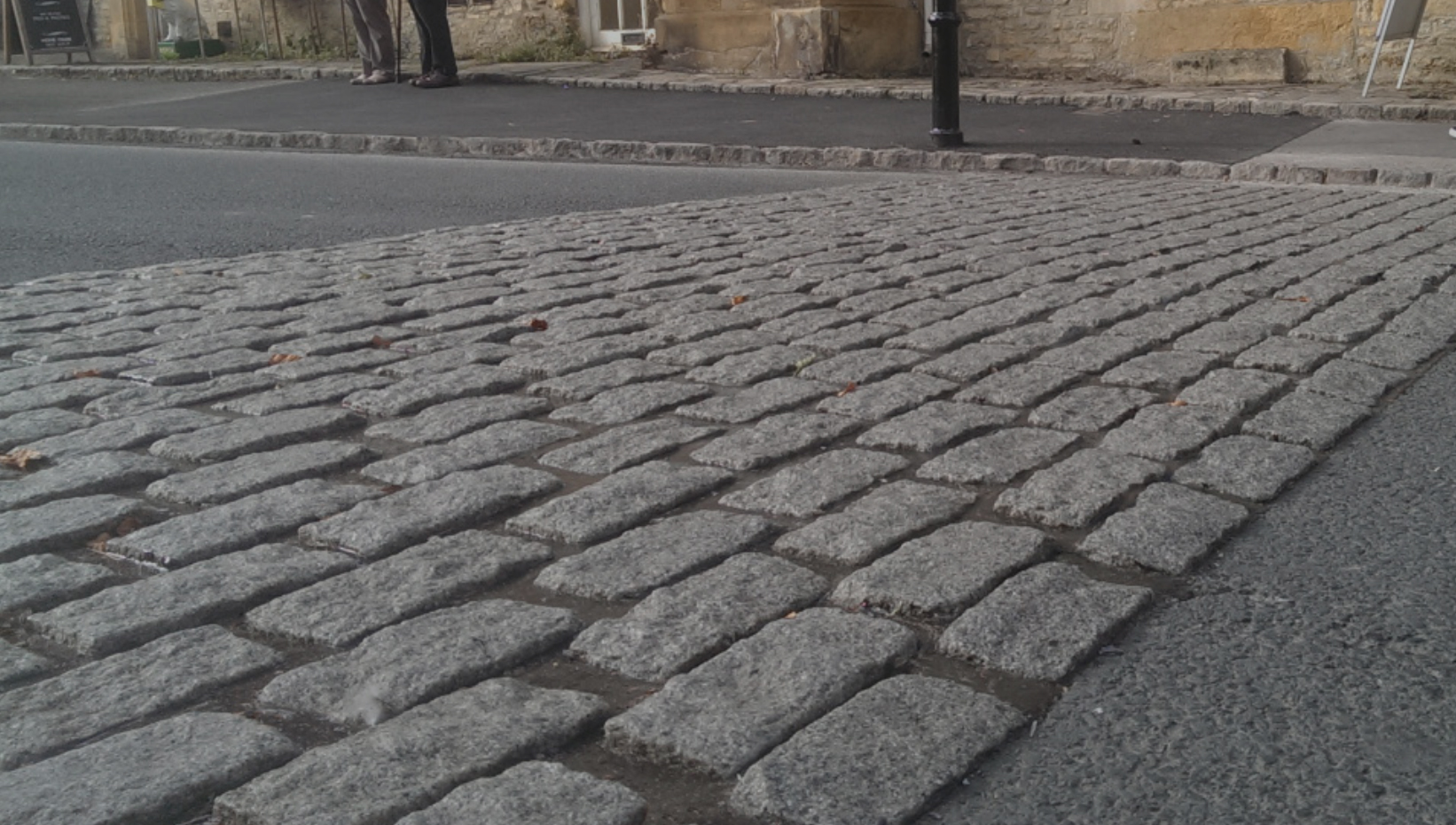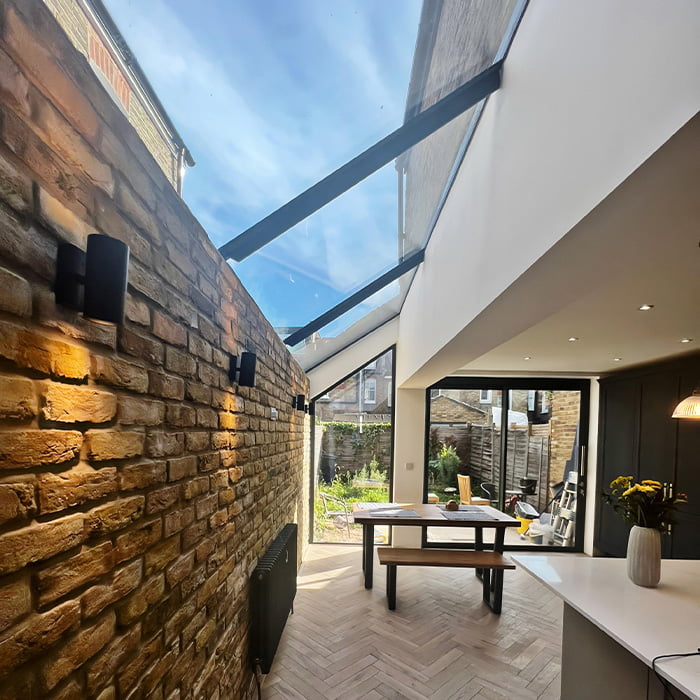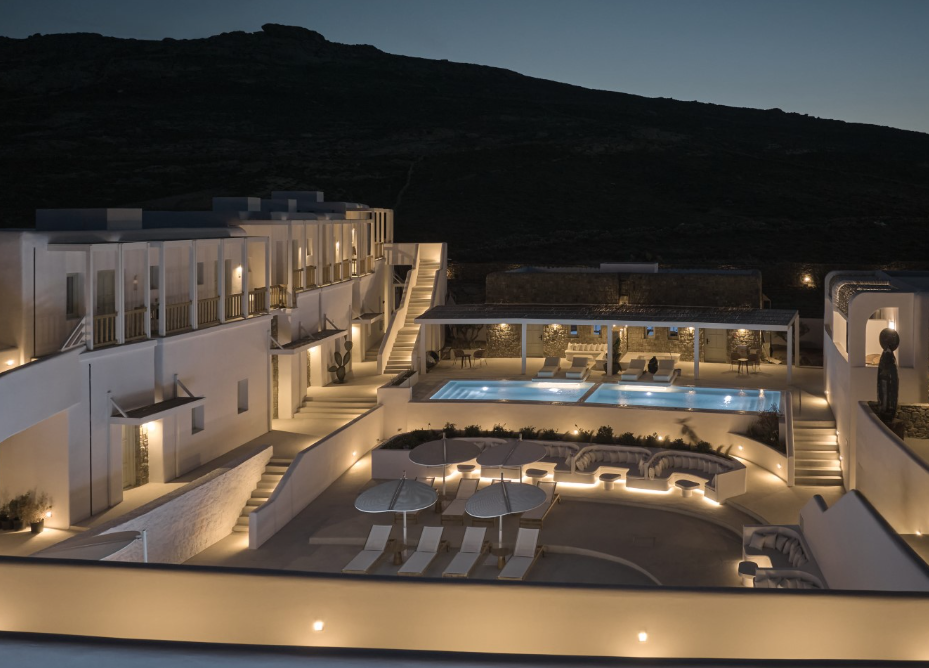
In the realm of urban traffic management, speed tables have long been recognised for their effectiveness in slowing down traffic and improving pedestrian safety. However, as with all things, innovation continues, and the introduction of Quicksetts speed tables stands as testament to that. These uniquely designed speed tables are not just a modification but an evolution, offering a plethora of advantages over traditional speed tables. This article dives deep into the world of Quicksetts speed tables, highlighting their features, benefits, and reasons why they are fast becoming the preferred choice in the UK.
What are Quicksetts Speed Tables?
Quicksetts speed tables are not your regular raised sections of roadways. They have been designed with a deep understanding of urban vehicular behaviour and with an aim to revolutionise traffic calming techniques. Made with a modular design using robust materials, these speed tables provide a more sustainable and efficient solution to the challenges posed by speeding vehicles in pedestrian-rich areas.
Benefits of Quicksetts Speed Tables
- Modular and Versatile Design: One of the standout features of Quicksetts speed tables is their modular nature. This allows for flexibility in installation, catering to the specific needs of different roadways and traffic scenarios. The versatility ensures that they can be installed in various settings – be it residential zones, school areas, or commercial spaces.
- Durability: Unlike some traditional speed tables that can wear out over time, Quicksetts speed tables boast a resilient composition. This means that they can withstand the test of time, traffic, and weather, offering a longer service life.
- Environmentally Friendly: In today’s age of environmental consciousness, the fact that Quicksetts speed tables are made from recycled materials is a significant advantage. This not only makes them sustainable but also underscores a commitment to eco-friendly urban solutions.
- Efficient Drainage System: Traditional speed tables often pose challenges with water drainage, leading to pooling or even flooding during heavy rains. Quicksetts speed tables, however, come with an integrated drainage solution ensuring that water runoff is managed efficiently.
- Ease of Installation: Given their modular design, these speed tables can be quickly and efficiently installed without causing major disruptions to traffic.
Why Choose Quicksetts Over Traditional Speed Tables?
While traditional speed tables have served urban areas well, the emergence of Quicksetts speed tables brings along with it a set of enhancements that are hard to ignore:
- Cost-Effectiveness: Due to their durability and minimal maintenance needs, Quicksetts speed tables prove to be more cost-effective in the long run.
- Customisability: Their modular nature means that they can be tailored to fit the specific requirements of any location, ensuring optimal effectiveness.
- Environmental Responsibility: By opting for a product made from recycled materials, urban planners can align with global sustainability goals and environmental best practices.
- Improved Safety: The integrated drainage system reduces the risk of water-related accidents, and the robust design ensures that vehicles adhere to the desired speed limits.
Traffic calming is not just about slowing vehicles; it’s about creating a harmonious coexistence between motorists, cyclists, and pedestrians. In this context, Quicksetts speed tables emerge as a superior choice, not just for their immediate benefits, but for their forward-thinking design and alignment with modern urban needs. As cities in the UK and beyond continue to evolve, solutions like Quicksetts will undoubtedly play a pivotal role in shaping safe, sustainable, and efficient urban landscapes.
The Aesthetic Appeal of Cobbled Speed Tables: Blending Function with Heritage
When discussing urban installations, especially in areas rich in history and heritage, aesthetics become as crucial as functionality. One notable trend in modern urban planning is the adoption of cobbled speed tables. While their primary purpose remains traffic calming, their design offers an added layer of visual appeal that resonates particularly well in historic settings.
Why Cobbled Speed Tables Stand Out
- Harmonising with Heritage Architecture: Many of the UK’s towns and cities are steeped in history, with roads and buildings that reflect architectural designs spanning centuries. In such settings, a modern or plain speed table might look out of place. Cobbled speed tables, with their traditional appearance, can seamlessly fit into these historic landscapes, preserving the aesthetic continuity of the area.
- Texture and Visual Distinction: Cobbles offer a textured finish, which not only alerts drivers tactilely but also provides a distinct visual cue. This dual function ensures better adherence to speed limits while enhancing the road’s visual appeal.
- Versatility in Design: Cobbles can be arranged in various patterns and designs, allowing for creativity in their installation. Whether it’s a specific pattern that resonates with local history or a design that complements surrounding landmarks, cobbled speed tables can be customised to suit the locale’s unique character.
- Natural Materials for Authenticity: Using natural stone or materials for cobbled speed tables ensures that they don’t just look the part but feel authentic. This authenticity can elevate the overall aesthetic experience for both pedestrians and drivers.
Enhancing Urban Spaces with Cobbled Speed Tables:
The importance of maintaining the historical and cultural integrity of urban spaces cannot be overstated. As cities and towns continue to modernise and evolve, there’s a delicate balance to be struck between adopting new technologies and preserving the cherished aspects of our heritage.
Cobbled speed tables represent this balance perfectly. They address a contemporary need – that of traffic calming and pedestrian safety – while paying homage to architectural traditions. In a world where concrete and asphalt dominate urban landscapes, the touch of cobbles, with their old-world charm, provides a refreshing visual break.
Moreover, in areas designated as heritage sites or conservation zones, introducing elements like cobbled speed tables can further underscore a commitment to preserving the locale’s historical essence. It’s a nod to the past while catering to the present.
As the intersection of functionality and aesthetics becomes increasingly crucial in urban planning, cobbled speed tables shine as exemplary installations. They serve their primary purpose of traffic calming effectively, all the while elevating the visual and tactile experience of historic settings. In an era where the past’s charm is often overshadowed by the needs of the present, such integrative solutions remind us that it is possible to have the best of both worlds.










